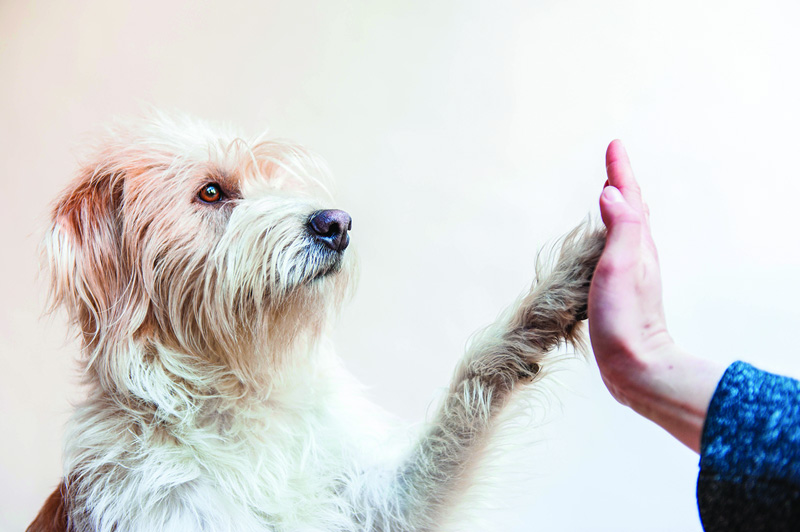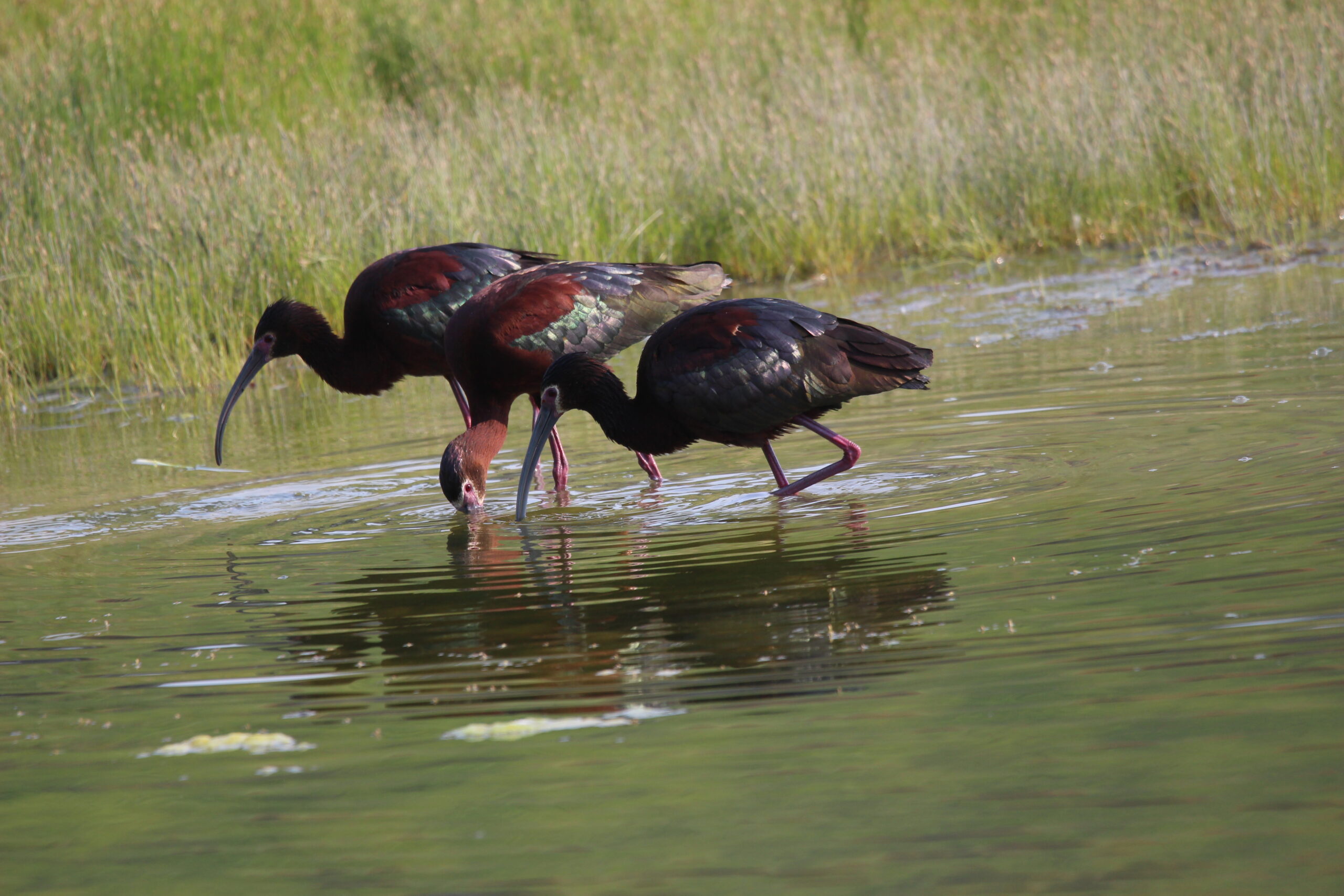Of all the senses a dog has, the one most similar to humans’ is the sense of touch. It is also only one of three senses that are present at birth: the other two are the sense of smell and the sense of taste.
As Victoria Stilwell (world-renowned dog trainer) writes in Positively.com “As soon as a puppy is born, it relies on touch to find its mother, to stimulate milk flow for feeding, and as a source of comfort. Mothers in turn lick and nuzzle their puppies from birth, improving the puppies’ circulation and encouraging them to eliminate waste in order to stay healthy. Touch helps form emotional bonds between mom and her pups, which can then be transferred to humans. It is really important that a puppy experience human touch from birth to promote a human/canine attachment and encourage the puppy’s ability to develop social attachments with others as it grows.” From day one, if puppies are handled, stroked, held, cuddled and touched all over their body, they begin to develop social bonds with humans. Touching puppies daily helps them accept human touch as being a pleasant sensation and sets them up to tolerate touching and later being groomed.
So where else does a dog’s sense of touch appear? Take a look at your dog’s face and you will see fine hairs or whiskers above the eyes, on the muzzle, and below the jaw on the side of the muzzle. These whiskers, or vibrissae, are so sensitive that when a dog approaches an object it can sense changes in airflow long before it actually touches the object. Because these areas are so sensitive, take care when examining the inside of your dog’s mouth or brushing its teeth, and don’t buy into the whole practice of whisker trimming—those hairs are there for a reason.
Victoria Stilwell continues by saying: “Some dogs have an automatic defensive reflex when they see a hand coming toward them or extending over their head. This could be because the vibrissae on top of the eyes itch or hurt when they come into contact with a human hand, but it is also possible that the dog views a hand coming over the head as threatening. When a puppy is young, this reflex is not under conscious control, so it is vital to desensitize the puppy or dog to accept an approaching hand, because this scenario is going to happen many times throughout her life. Touch sensitivities vary from dog to dog, but you should always use care when touching the head, muzzle, tail, abdomen, and paws. Foot sensitivity is probably why so many dogs hate having their paws touched or nails clipped.”
In addition to whiskers, dogs have five categories of touch receptors within their skin, which allow them to discriminate between different types of touch: pain, body movement and position, temperature, pressure and chemical stimulation. The most sensitive places on a dog are along the spine and at the base of the tail. Your dog’s foot pads are also extremely sensitive, as well as the skin between the pads. Even the slightest pull or nick causes most dogs to jump or cry. If a dog’s nails are trimmed too close, and the “Quick” is cut, the nail will bleed profusely also causing a great deal of pain.
So how and where to touch dogs is important not just when they are puppies but throughout their lives.





